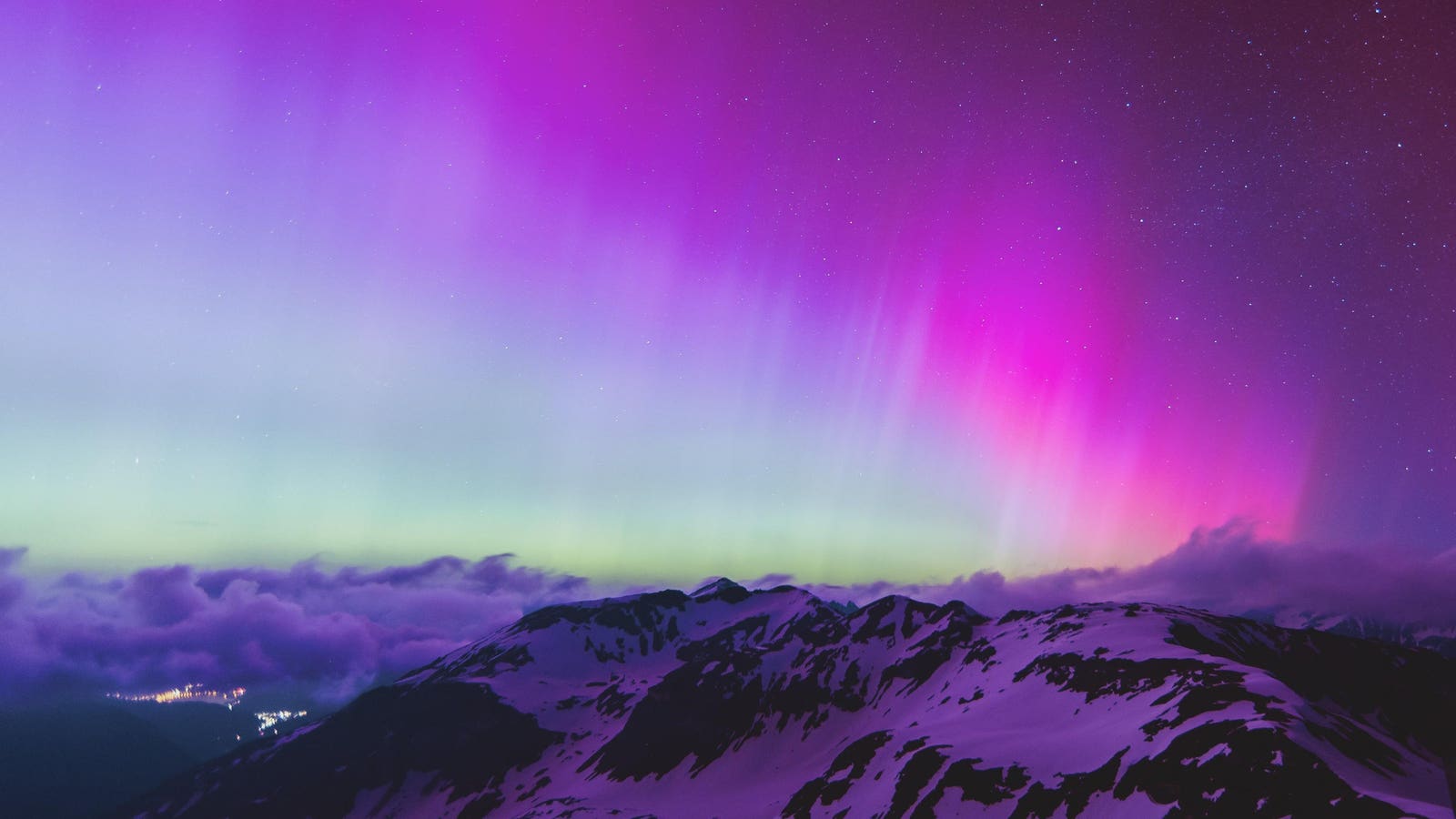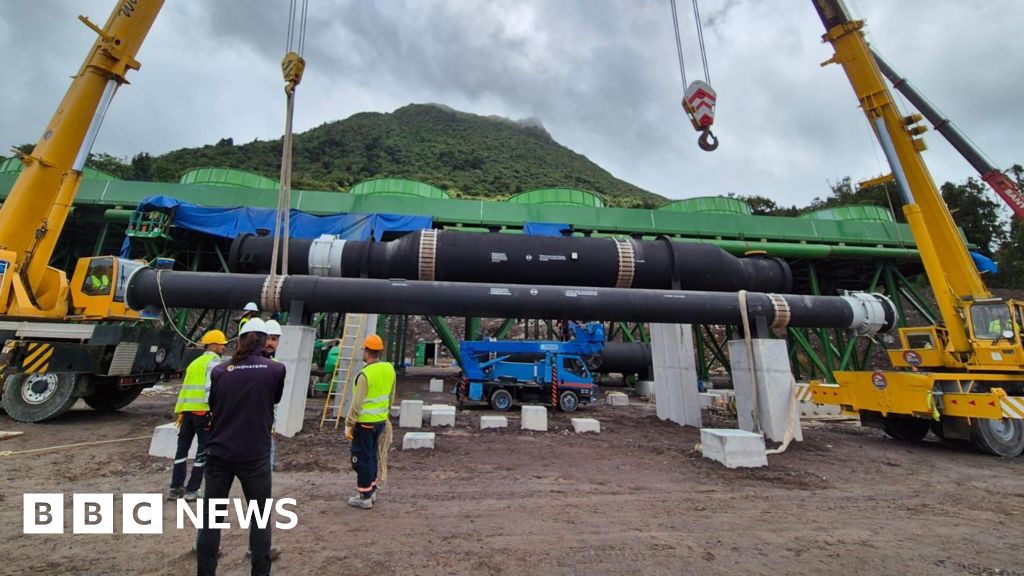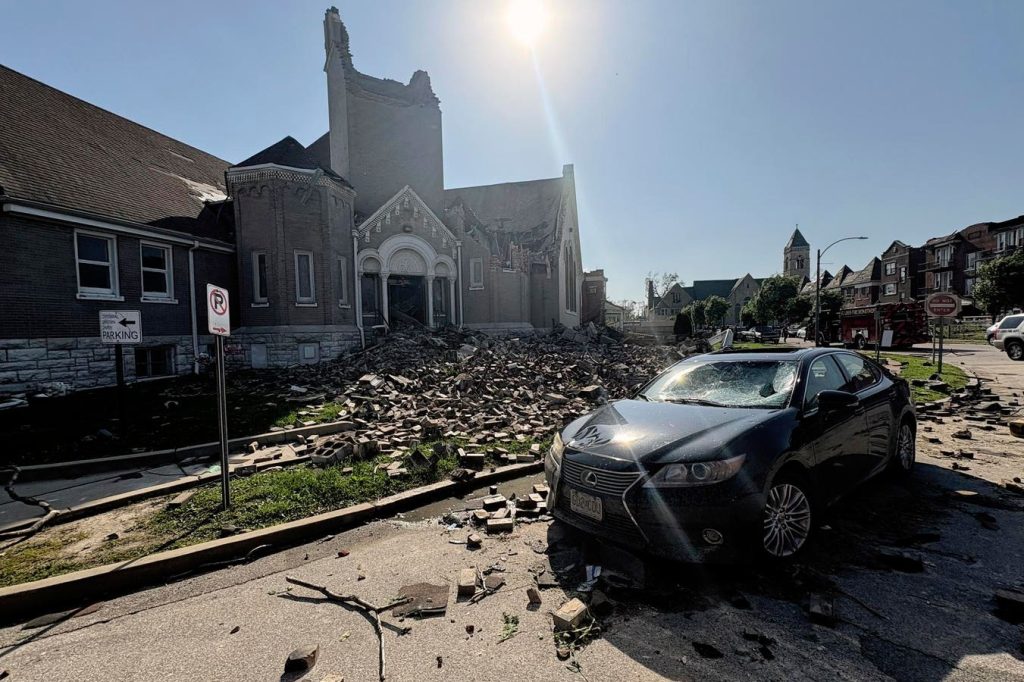Topline
Most states along the Canadian border could see the northern lights Monday night, as auroral activity is expected to calm down through the week, according to the National Oceanic and Atmospheric Administration.
Several states along the Canadian border have an opportunity to view the phenomenon, forecasters … More said.
Key Facts
NOAA forecast a Kp index of four on a scale of nine for Monday, which the agency said could mean the northern lights will move farther from the poles and be “quite pleasing to look at” for stargazers in the right areas.
No geomagnetic storms are expected to disrupt Earth’s magnetic field through Wednesday, according to NOAA’s three-day forecast, as a Kp index of two is projected for Tuesday and Wednesday.
Some minor to moderate radio blackouts are possible, with potential impacts on high-frequency radio communication, NOAA said.
Get Forbes Breaking News Text Alerts: We’re launching text message alerts so you’ll always know the biggest stories shaping the day’s headlines. Text “Alerts” to (201) 335-0739 or sign up here.
Where Will The Northern Lights Be Visible?
Parts of Washington, northern Idaho, Montana, North Dakota, northern Minnesota and Upper Michigan have a low chance of seeing the aurora borealis, whereas most of northern Canada and Alaska have the highest likelihood. Other areas in South Dakota, Wisconsin and Maine have an even lower chance, as a view line—marking a minimal opportunity—dips just north of Iowa. (See map below.)
Monday night’s view line.
What’s The Best Way To See The Northern Lights?
The northern lights are best seen between 10 p.m. and 2 a.m. local time, according to NOAA, which recommends traveling to a high vantage point away from light pollution.
What’s The Best Way To Photograph The Northern Lights?
Photography experts, speaking with National Geographic, recommended using a camera with a wide-angle lens, F-stop or aperture of four or less and a focus set to the furthest possible setting. If using a smartphone, NOAA suggests turning on night mode and disabling flash.
Key Background
The northern lights are the result of an interaction between electrons from solar events and oxygen and nitrogen in Earth’s atmosphere. This intersection of events—solar flares and coronal mass ejections—causes these electrons to become “excited,” NOAA said, causing them to release the colorful displays of aurora borealis. A 500-year peak for northern lights displays was reached in October 2024, according to NASA’s projections, after activity on the sun’s surface achieved a “solar maximum.” Activity is measured over 11-year periods, during which a “solar maximum” and “solar minimum” are achieved. The latest peak is expected to persist into early 2026.








